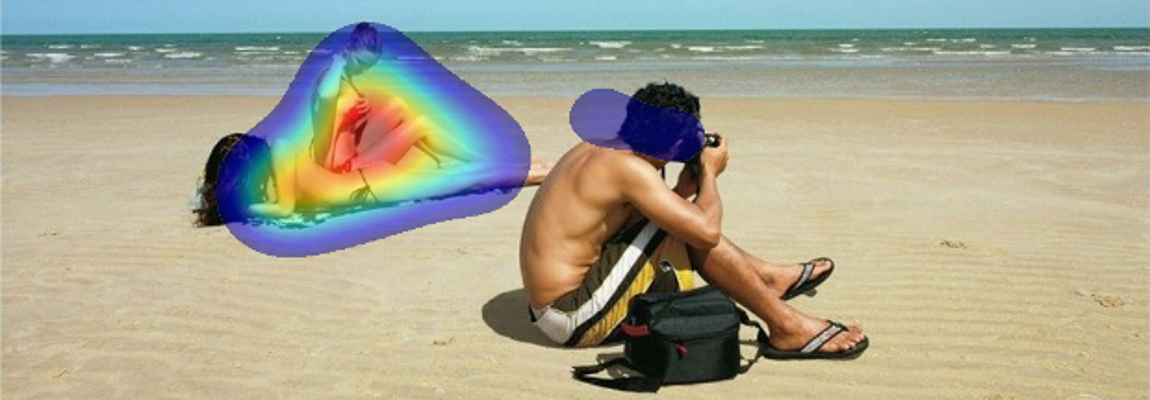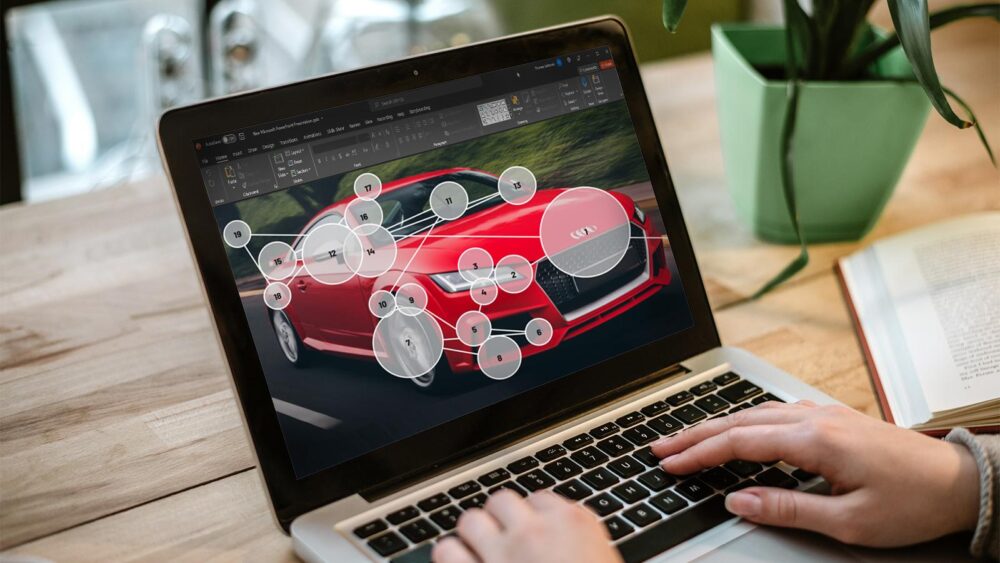

- Eye tracking mac update#
- Eye tracking mac pro#
- Eye tracking mac download#
- Eye tracking mac free#
- Eye tracking mac mac#
You can always download the latest firmware version from the Learn & Support section. Eye-tracking patent Apple’s system describes a Sensor Fusion approach in which gaze direction is identified by tracking two locations in a 3D coordinate system.
Eye tracking mac pro#
Integration with your application The Pro Eye Tracker Manager can be integrated with analytical applications built on the Pro SDK using call-in functions.
Eye tracking mac mac#
Support for the Tobii Pro X3-120 requires an EPU, if you are running it on a Mac or Linux. For other eye tracker models, firmware is updated using the Eye Tracker Browser tool. The application is available for Windows, Linux, and Mac systems.
Eye tracking mac update#
The modes adapt the way the eye tracker collects gaze data.įor Tobii Pro Spectrum, Tobii Pro Fusion and Tobii Pro Nano, the Pro Eye Tracker Manager is used to update the eye tracker firmware. If your eye tracker supports different sampling frequencies or eye tracking modes, these are changed using the Pro Eye Tracker Manager. For users of the Mobile Testing Accessory the Tobii Pro Eye Tracker Manager offers a wizard and simplified process of setting up and configuring the eye tracker for testing of mobile devices. This application is also used to configure the hardware in scene camera setups, where physical objects are used as stimuli. The Pro Eye Tracker Manager allows researchers to easily configure the eye tracker when it's being used with a screen.
Eye tracking mac free#
It is available free of charge and greatly increases efficiency for users of either the Tobii Pro SDK or Tobii Pro Lab. Here a very nice example: A user gets confronted with a text in a foreign language and the app provides translations of certain words or sentences when it sees them struggling.The Tobii Pro Eye Tracker Manager is a new configuration and setting utility that helps you manage your connected eye trackers.

Being able to detect these in real time allows us to immediately react by providing the user with meaningful assistance.

Alternatively, the same data could also be used to spot the most promising item positions.ĭetect uncertainty: There are certain recognizable patterns in our gaze behavior that indicate uncertainty. e-commerce sites, to rank the offered items based on historic attention data. Insights like these can be used to arrange items in comparable listing interfaces, e.g. The interest ratings could here be predicted with an accuracy of just over 90%. Basis for this prediction are the time a user focused a certain area, the same time in relation to the time totally spent in the app, and the time until the user focused the area for the first time. This hypothesis was shown to be true for listed apps in the Google Play Store. It is possible to predict as how interesting a user would rate certain areas of the UI. The application is available for Windows, Linux, and Mac systems. What’s the user interested in? Our eyes can tell what we’re interested in. The Pro Eye Tracker Manager is available for all screen-based eye trackers from Tobii Pro, so the same application works across the various models you may use for your research. Scientific literature provides us with some examples of so called Intelligent Human-Computer Interfaces which do exactly that and even adapt themselves accordingly to improve the user’s experience. Some observations about the user’s behavior can be detected automatically. Hawkeye - User Testing is an app example for a dedicated user testing app which applies eye tracking for mobile websites. Of course this assumes the user accepting the fact of being tracked to help improving the app’s experience. Every user has the required camera roughly pointed to their eyes most of the time anyway. Instead of doing this in dedicated studies, gaze data can now be obtained during the day to day usage of the app itself. Before ARKit2 and similar frameworks introduced this functionality, such an implementation would have required the use of additional eye tracking devices, either head-mounted or external.Ī very common use case of such additional eye tracking devices was usability testing. The beauty of this approach lies in the fact that this is now possible with just one device. Eye tracking in combination with the input modality of speech could then enable the user to easily annotate certain UI elements by just looking at them while speaking out what’s on their mind. Mobile apps are capable of displaying arbitrary websites in a containing element, a webView. A first and already quite concrete use case which we came up with tackles the problem of quality assurance for mobile websites.


 0 kommentar(er)
0 kommentar(er)
